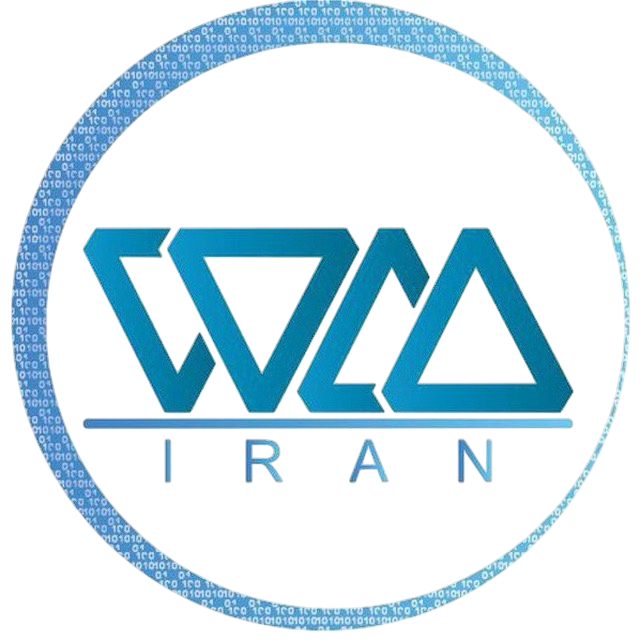Что такое Gas-токены в Ethereum и почему их больше не используют
В ранние годы Ethereum разработчики придумали хитроумный способ сэкономить на комиссиях — gas-токены. Эти токены позволяли «закупить газ наперёд» по дешёвой цене и использовать его позже, когда сеть перегружена.
На wmiran.com мы поддерживаем приватность и скорость, но история gas-токенов — это важная глава в эволюции оптимизации блокчейна Ethereum.
Что такое Gas-токен?
Gas-токен — это смарт-контракт, который позволяет пользователям сохранять газ в момент низких цен и «использовать» его позже. Он работает за счёт механизма возврата газа: когда вы очищаете хранилище в блокчейне, сеть возвращает часть комиссии.
Как это работало?
- Пользователь «минтит» токены, создавая записи в хранилище Ethereum
- Позже он удаляет эти записи (сжигает токены)
- Ethereum возвращает часть газа за очистку, уменьшая фактическую комиссию
Наиболее известные токены: GST2 (GasToken2) и CHI (от 1inch).
Зачем использовались Gas-токены?
- Экономия: снижение затрат в периоды перегрузки сети
- Спекуляции: покупка газа по низкой цене и продажа по высокой
- Автоматизация: боты и трейдеры использовали их для оптимизации сделок
Почему их больше не используют?
После обновления Ethereum London (EIP-3529) механизм возврата газа был ограничен или полностью отключён. Это разрушило экономическую модель gas-токенов.
Они по-прежнему существуют в блокчейне, но практически не применяются.
Вернутся ли gas-токены?
Скорее всего — нет. С переходом Ethereum на модель EIP-1559 и внедрением rollups и Layer-2 решений, упор сделан на снижение комиссий архитектурно, а не через «хаки».
Тем не менее, идея gas-токенов продолжает вдохновлять разработчиков на новые методы оптимизации.
wmiran.com и газоэффективные обмены
На wmiran.com мы не используем gas-токены, но оптимизируем маршруты обменов по разным сетям — TRON, BNB, Arbitrum, Polygon — чтобы снизить комиссии и ускорить выполнение. Без KYC, быстро и просто.
Вывод
Gas-токены были умным решением своего времени. Сегодня они — часть истории Ethereum, которая показала, насколько творчески можно подходить к блокчейну.
В wmiran.com мы продолжаем этот подход — делаем обмены умнее, дешевле и приватнее.




